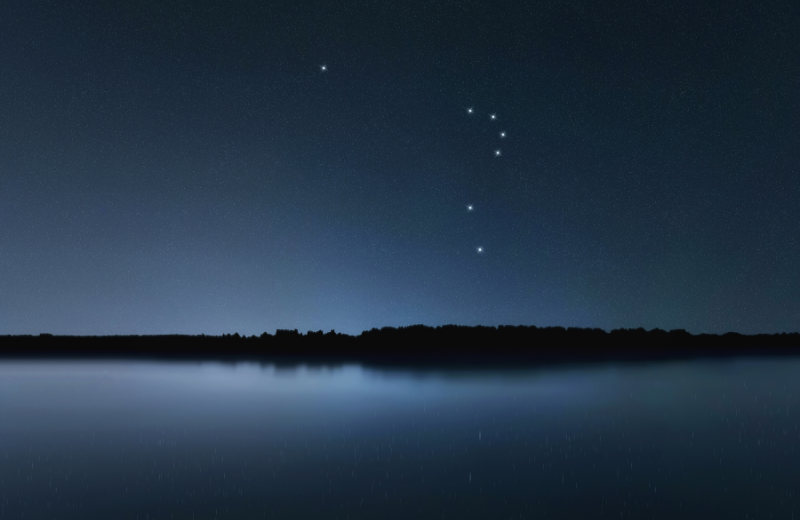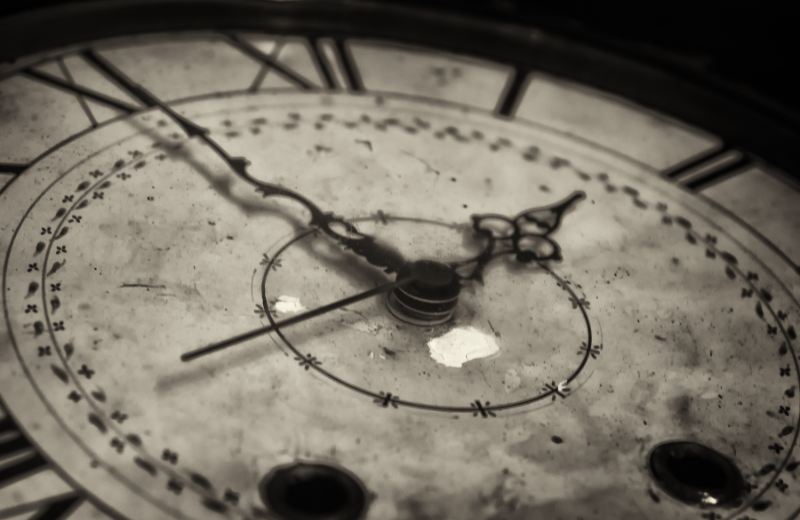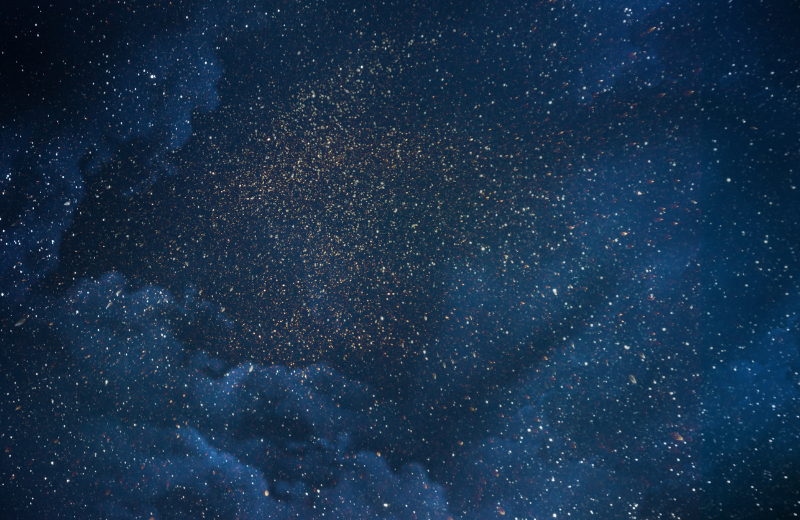One lesser-known but fascinating constellation in the night sky is Horologium. While it might not be as famous as Orion or the Big Dipper, Horologium has its own unique charm and many interesting facts to explore. This guide shares everything you need to know about the Horologium constellation, from its appearance to the deep sky objects within it.
Jump to:
- What is the Horologium Constellation?
- What Does Horologium Look Like?
- How Far is Horologium from Earth?
- The Horologium Constellation Myth
- What is the Meaning of the Horologium Constellation?
- Horologium’s Stars
- Nebulae in the Horologium Constellation
- Finding Horologium in the Sky
- Fun Facts About Horologium
- Study Astronomy for £29
Recommended for you!
Best SellersWhat is the Horologium Constellation?
Horologium is a small constellation in the southern hemisphere. Its name comes from the Latin word for "clock," which gives it a direct connection to timekeeping. Introduced by French astronomer Nicolas-Louis de Lacaille in the 18th century, Horologium represents a pendulum clock, reflecting the scientific innovations of the time. Despite its modest size, the constellation holds deep-sky treasures, making it a worthy addition to any stargazer's list.
What Does Horologium Look Like?

Unlike some of the more easily recognisable constellations, Horologium doesn’t have a strong, distinctive shape. Its stars are relatively faint, and you'll need a dark, clear night to spot them properly. The constellation’s brightest star is Alpha Horologii, but even this star is not particularly bright, making it somewhat of a challenge for casual observers. Horologium is best viewed using a telescope or binoculars, especially if you want to see some of its more exciting deep sky objects.
How Far is Horologium from Earth?
While we usually talk about stars and constellations in terms of light-years, Horologium doesn't have a set distance from Earth because it's made up of several stars, each at different distances. For example, Alpha Horologii is about 117 light-years away, but other stars within Horologium are both closer and farther.
The Horologium Constellation Myth

Horologium doesn’t have a strong connection to ancient mythology like other constellations. It was named much later, during the 18th century, at a time when new constellations were being added to the sky to represent scientific instruments. Its lack of mythology doesn't make it any less interesting, though. In fact, the choice of a clock as its symbol reflects the growing importance of timekeeping and navigation in the scientific community during Lacaille's time.
What is the Meaning of the Horologium Constellation?
Horologium means "clock" in Latin. The constellation was created to honour the pendulum clock, an important scientific tool of the 18th century. It’s part of a group of constellations introduced by Lacaille, all of which commemorate various instruments and tools used in navigation, science, and measurement.
Horologium’s Stars

The Horologium constellation contains several intriguing stars, each contributing to its unique formation:
- Alpha Horologii: The brightest star in the Horologium constellation, Alpha Horologii is an orange giant located around 117 light-years from Earth. As a K-type star, it is cooler than the Sun but significantly larger, making it an interesting object for astronomers to observe.
- Other Stars: Though not as bright, Horologium contains several other faint stars that help define its structure. These stars may not be widely recognised individually, but they play an essential role in shaping the constellation and its overall appearance in the night sky.
Nebulae in the Horologium Constellation
Horologium may be small, but it’s home to some fascinating deep sky objects. Among the most interesting are the Horologium-Reticulum Supercluster of galaxies and NGC 1261, a globular cluster. These objects require a telescope to view but are well worth the effort. The globular cluster NGC 1261 is especially fascinating, containing thousands of old stars tightly bound by gravity.
Finding Horologium in the Sky

Horologium is best viewed from the Southern Hemisphere, particularly during the months of December and January. If you're keen to spot this elusive constellation, these are the best times to observe it. It lies between the constellations Eridanus and Reticulum, so having a star map on hand can be helpful when navigating the southern sky.
Locating Horologium
Since Horologium's stars are relatively faint, you might need binoculars or a telescope to view it clearly. The brightest star in the constellation, Alpha Horologii, can serve as a starting point for locating the rest of the constellation’s faint stars. From there, you can trace its outline across the sky, although it may take some practice to see it fully.
Viewing Horologium with Binoculars or a Telescope
- With Binoculars: While Horologium's faint stars make it challenging to observe with the naked eye, binoculars can bring them into clearer view, allowing you to see the constellation's main features.
- With a Telescope: A telescope will give you a more detailed look at Horologium, including its deep-sky objects like the Horologium-Reticulum Supercluster and the globular cluster NGC 1261. These are well worth exploring for amateur astronomers.
The Best Viewing Conditions
For the best viewing experience, look for dark skies far from city lights, as Horologium’s faint stars can be hard to spot in light-polluted areas. A clear, moonless night will provide the best opportunity to appreciate this constellation. If you're in the Southern Hemisphere, December and January are your best windows for observing it.
Recommended for you!
Best SellersFun Facts About Horologium
Horologium may not be the most famous constellation, but it certainly has its unique qualities. Here are some fascinating facts about this time-themed constellation:
- Introduced by a French astronomer: Horologium was introduced by Nicolas-Louis de Lacaille in 1756 during a period of astronomical exploration and innovation, making it a more modern constellation compared to many others.
- A supercluster of galaxies: Horologium is home to the Horologium-Reticulum Supercluster, one of the largest structures in the universe. This massive galaxy cluster is shared with its neighbouring constellation, Reticulum, and contains thousands of galaxies.
- A constellation with faint stars: Although Horologium doesn't have any particularly bright stars, its faintness adds to the challenge and reward for stargazers looking to explore it.
Study Astronomy for £29
The Horologium constellation is a stunning and significant part of the night sky, offering beauty and rich history. If you're inspired to delve deeper into the wonders of astronomy, why not explore the Astronomy Diploma Course with Centre of Excellence? Whether you're a beginner or someone with more experience, this course will guide you through everything you need to know about the stars, constellations, and galaxies. And for a limited time, you can enrol for just £29!













